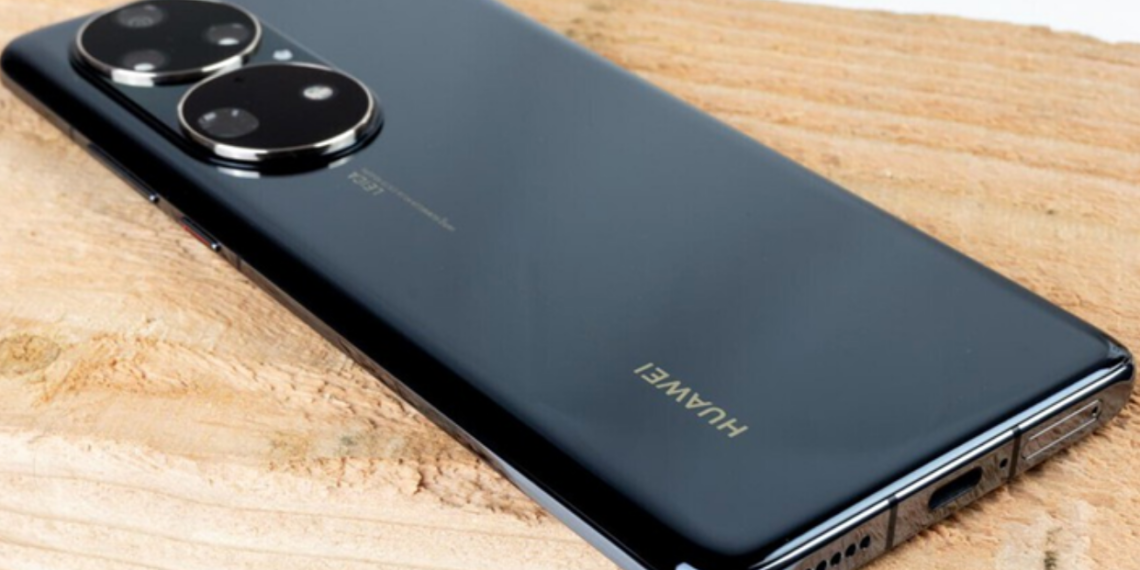Additionally, it has the 6.6-inch diagonal display, it’s wide enough to be comfortable with apps but not too heavy. On the back, you’ll see the real reason that sets this phone apart with its distinctive double camera ring and Leica branding. The black color option I’ve used on the back panel looks somewhat dull, in comparison to the more extravagant pink and gold versions available.
However, those two camera bumps are clear in conveying the message that the phone is focused on photography. The most notable feature in that regard is the massive 50-megapixel main sensor, which is paired with a 40-megapixel monochrome camera that can capture high-quality images. The camera also includes the ultrawide 13-megapixel camera and the 64-megapixel telephoto, an elongated periscope lens that has the 3.5X zoom. Huawei was among the first companies to offer the periscope telephoto using 5X lenses on P30 Pro and the P30 Pro and P40 Pro and also the first to introduce higher zooms in P40 Pro Plus. P40 Pro Plus — therefore the switch towards 3.5X is somewhat confusing.
However, the higher resolution of the telephoto is designed to make up for this, allowing you to increase the zoom before reaching the limits that the camera can handle. The camera continues the huawei p50 pro tradition of superior quality of low-light performance and dynamic range particularly in its primary camera. Even in the most difficult backlit conditions, this main camera can capture a lot of details, resulting in 12.5-megapixel photos using the sensor of 50 megapixels. The 13-megapixel ultrawide camera excels, with an additional area of view, and high dynamic range but with a lower performance in low light. In general, the cameras are able to compete with that of Google Pixel 6 Pro, which is among the top Android cameras on the market right today.
This camera set-up keeps the Huawei tradition of superior performance in low-light conditions and dynamic range particularly with its primary camera. Even in extremely challenging lighting conditions, the main camera can capture a lot of details, resulting in 12.5-megapixel images using the sensor’s 50-megapixel resolution. The ultrawide 13-megapixel camera also excels, with an additional area of view, and high dynamic range; however, it has a less efficient performance in low-light conditions. The majority of the time the cameras are able to compete with those of the Google Pixel 6 Pro, which is among the most impressive Android cameras available at the moment.
It’s a highly efficient camera setup in general which extends to video, as its P50 Pro’s primary camera and ultrawide ones offer some of the finest stabilization that I’ve witnessed. It’s capable of smoothing out the motion of a fast walk, and even if you hold the camera while running, the video is much smoother than it has the right to. Another advantage of Huawei making its own decisions with regard to software is that it is able to make a lot more energy from a comparatively small battery. Its 4,360mAh capacity may appear small on paper however, after a couple of days of usage I’ve been quite impressed by the amount of life I’ve received from it.
Also know about videovor





